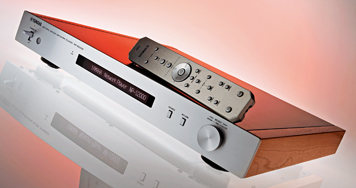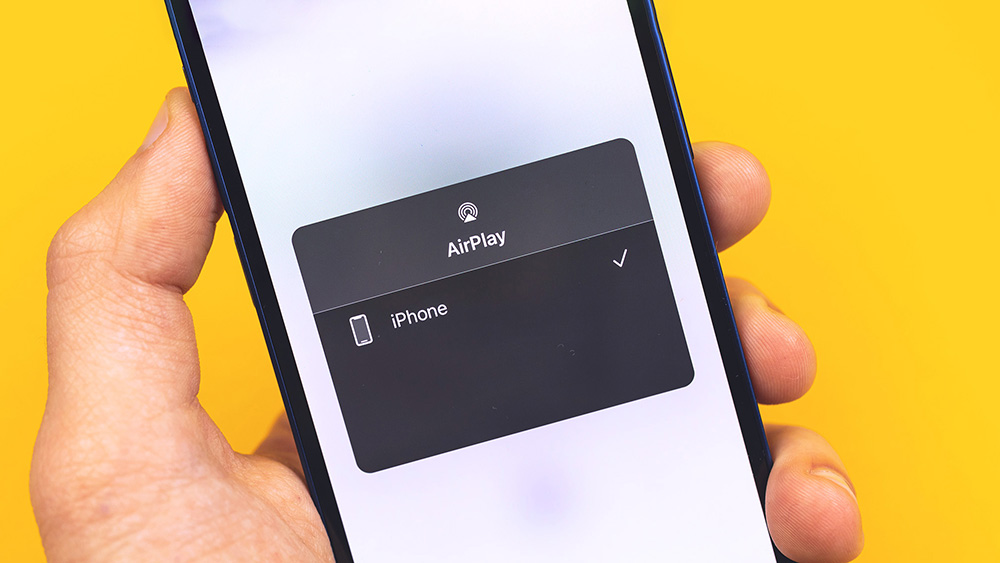What Hi-Fi? Verdict
All kudos to Yamaha for building this streamer, but it’s not without its rivals
Pros
- +
Immaculate build
- +
a fine, rich sound to produce a very ‘undigital’ presentation
Cons
- -
Price is eye-watering
- -
other streaming clients have more vitality
Why you can trust What Hi-Fi?
Yamaha’s a relative late-comer to the music streaming party. So all credit, then, to its engineers for daring to be different: they’ve come up with a no-frills music streaming/internet radio client, and pitched it firmly at the upper reaches of the market.
For all its slimline looks – it stands less than 7cm tall – the Yamaha is big, being as deep as it’s wide, heavy, at 12kg, and decidedly spendy: this impressive piece of kit will set you back £1429.
Built with one thing in mind
What you get for your money is a truly solid piece of engineering. It’s built with only one purpose in mind: receiving music via ethernet – be it from PC, local storage or internet radio – processing it using top-notch audio circuitry and punting it out to an amplifier via either balanced XLR or conventional phono sockets.
There’s no local storage, no disc transport, no wi-fi, not even a USB socket or digital inputs (though there are optical and coax digital outs).
Yamaha makes great play of how much it’s left out in the quest for what they call ‘Network Pure Audio’.
What remains is a layout using separate Burr-Brown DACs for each channel, independent digital filters and fully balanced working throughout, in a twin-mono configuration.
Two transformers are used – one for the digital section, the other for the analogue – and separate windings feed the left and right channels. All the kind of stuff you’d expect to find in a very high-end CD player.
The S2000 can handle most popular file formats – though not Apple Lossless – up to 96kHz/24-bit, comes with a TwonkyMedia Server licence to turn your computer into a server it can access, and also has an Apple iPhone/iPod Touch/iPad ‘app’ to control it.
Clear though the display may be, and however logical the remote, this app, or the downloadable browser-based version, is a virtual must-have. It makes using the Yamaha a pleasure, rather than a squint-across-the-room trial.
A sympathetic, enjoyable sound
So how does it sound? Rather fine; at least in a rich, big, Yamaha kind of way.
There’s nothing harsh or obviously digital going on, and while high-res tracks have real scale and power, especially apparent with large-scale rock music or orchestral pieces, what’s even more impressive is the way the S2000 can make even low-bitrate internet radio stations or those ‘well, we only ripped them for a quick listen’ MP3 files lose their hard edges and become rather enjoyable.
But… there are streaming clients out there offering more openness and vitality with high-quality files, and doing so for less cash. And similar money will buy you a Naim UnitiQute, which has all that get up and go, greater flexibility – and built-in amps.
All that said, if you like this Yamaha’s style and solidity, we don’t think you’ll be disappointed.
See all our music server reviews
Follow whathifi.com on Twitter
What Hi-Fi?, founded in 1976, is the world's leading independent guide to buying and owning hi-fi and home entertainment products. Our comprehensive tests help you buy the very best for your money, with our advice sections giving you step-by-step information on how to get even more from your music and movies. Everything is tested by our dedicated team of in-house reviewers in our custom-built test rooms in London, Reading and Bath. Our coveted five-star rating and Awards are recognised all over the world as the ultimate seal of approval, so you can buy with absolute confidence.


